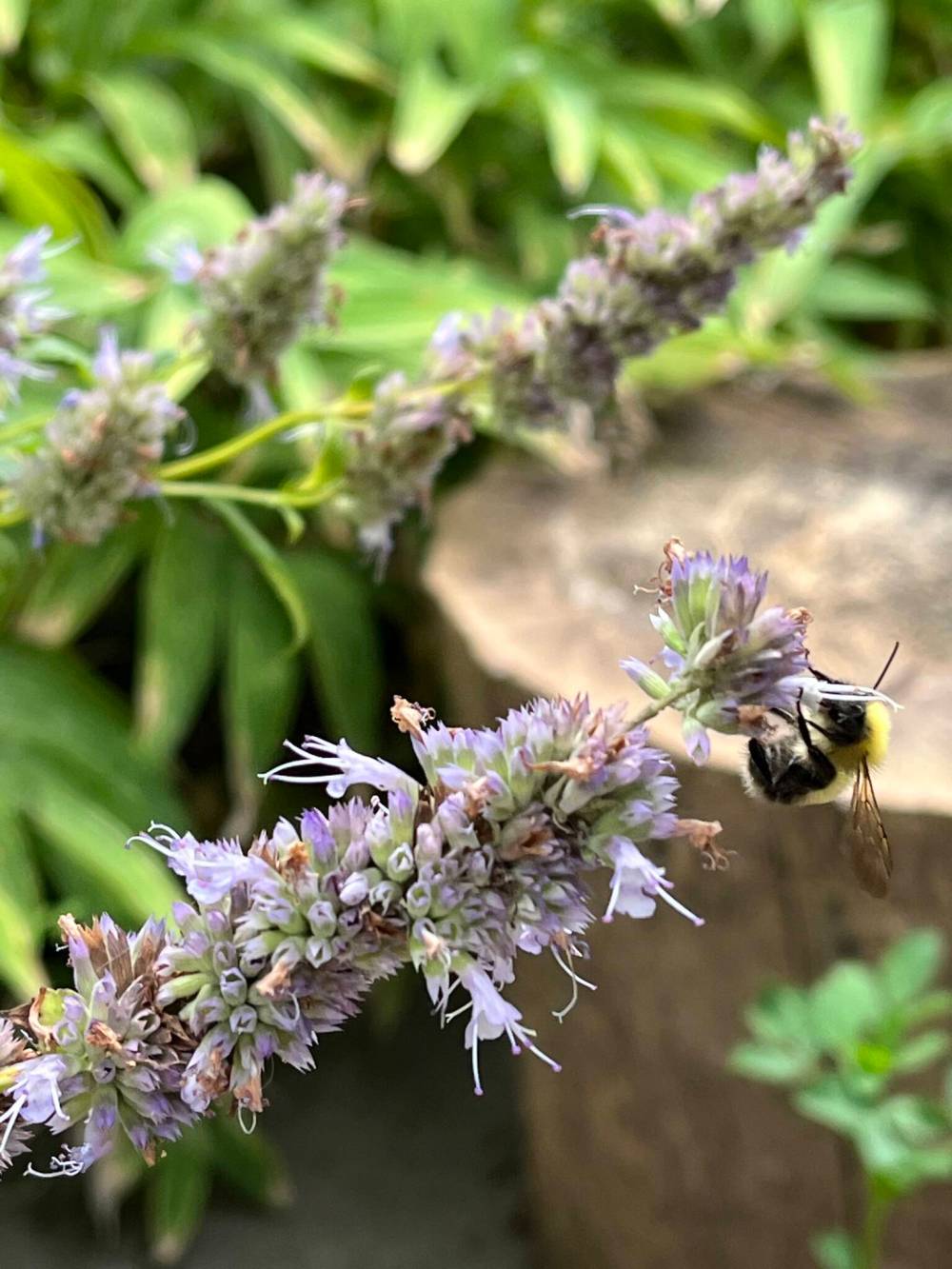Decreasing number of pollinators is alarming
Advertisement
Read this article for free:
or
Already have an account? Log in here »
To continue reading, please subscribe:
Monthly Digital Subscription
$0 for the first 4 weeks*
- Enjoy unlimited reading on winnipegfreepress.com
- Read the E-Edition, our digital replica newspaper
- Access News Break, our award-winning app
- Play interactive puzzles
*No charge for 4 weeks then price increases to the regular rate of $19.00 plus GST every four weeks. Offer available to new and qualified returning subscribers only. Cancel any time.
Monthly Digital Subscription
$4.75/week*
- Enjoy unlimited reading on winnipegfreepress.com
- Read the E-Edition, our digital replica newspaper
- Access News Break, our award-winning app
- Play interactive puzzles
*Billed as $19 plus GST every four weeks. Cancel any time.
To continue reading, please subscribe:
Add Free Press access to your Brandon Sun subscription for only an additional
$1 for the first 4 weeks*
*Your next subscription payment will increase by $1.00 and you will be charged $16.99 plus GST for four weeks. After four weeks, your payment will increase to $23.99 plus GST every four weeks.
Read unlimited articles for free today:
or
Already have an account? Log in here »
Hey there, time traveller!
This article was published 02/04/2025 (254 days ago), so information in it may no longer be current.
April at last, and spring truly can’t be far away — random acts of snowing excepted.
And with spring, bright new leaves and green grass, warmer temperatures and flowers, and the arrival of the bees and all the other pollinators, making their critical visits to the cycle of fruit and seeds and next year’s flowers — and crops.
Except there are fewer of those necessary insects every year. You might not notice it personally, but insect species numbers and variety are falling dramatically, already showing the largest rate of extinction in species on Earth.

RUSSELL WANGERSKY / FREE PRESS
A bumblebee pollinates garden flowers
Of particular concern? The failing numbers of pollinators.
A study published in the journal Proceedings of the National Academy of Sciences (PNAS) found that one-fifth of the pollinators in the United States and Canada were at risk. (It’s not just bees. Beetles, butterflies, moths, and even birds and small mammals like bats have roles in pollination. The broad variety of different species mean there are effective pollinators for the broad variety of plants.)
Pollinators are critical in agriculture and food production, and they’re not something that can be replaced by AI or political promises.
The reasons for the falling numbers of pollinators are varied.
“Different regions varied markedly in the primary threat identified as afflicting pollinators: climate change was the top state, provincial, or territorial level threat to at-risk pollinators in the western and northern regions, agriculture and climate change in the Rocky Mountains and Great Plains; and a mix of pollution, housing and urban development, and agriculture were the top threats in the eastern United States,” the study says.
Hardest hit are the bees, where, out of 472 different bee species in Canada and the United States, more than 37 per cent are at risk.
One finding in the study that raises particular concern is that the declines occurred even in areas that were relatively unaffected by development or agriculture. In other words, the threat isn’t something that can be dealt with by small but significant changes in agriculture or construction patterns. It’s not something where there’s an easy or practical workaround.
The most consistent threat? One that it seems particularly hard to have governments consistently take seriously? Climate change, particularly in the southwestern United States: “Higher temperatures and extended droughts can impact even unaltered ecosystems. Insects, including pollinators, are particularly susceptible to these changes due to their small body size and ectothermic physiology.”
Yet politicians, especially in the United States, are once again talking the “drill, baby, drill” language of hydrocarbon exploration and production, and U.S. President Donald Trump is claiming that something he calls “clean coal” should be welcomed as an energy source, because wind turbines are, among other things, ugly and a blight on the landscape.
Efforts to cut back on emissions seem to be going into reverse, especially as economic threats take the front seat, with the climate forgotten or downplayed. This is a very dangerous time in many ways, with our nearest neighbour suddenly an expansionist and economic threat, and there’s a clear risk that concern about the environment may be put on the back burner while our attention is otherwise engaged with Trumpian back-and-forth drama.
But there’s really only one chance to get the climate equation right. And there’s only so much time.
You can’t put the genie back into the bottle. You can’t undo an extinction event, not even among the lowly insects.
Once they’re gone, no one, no matter how well meaning and lately converted to the cause, will be able to put bees back into the air, or onto the flower. And that will make for a profoundly different world.



